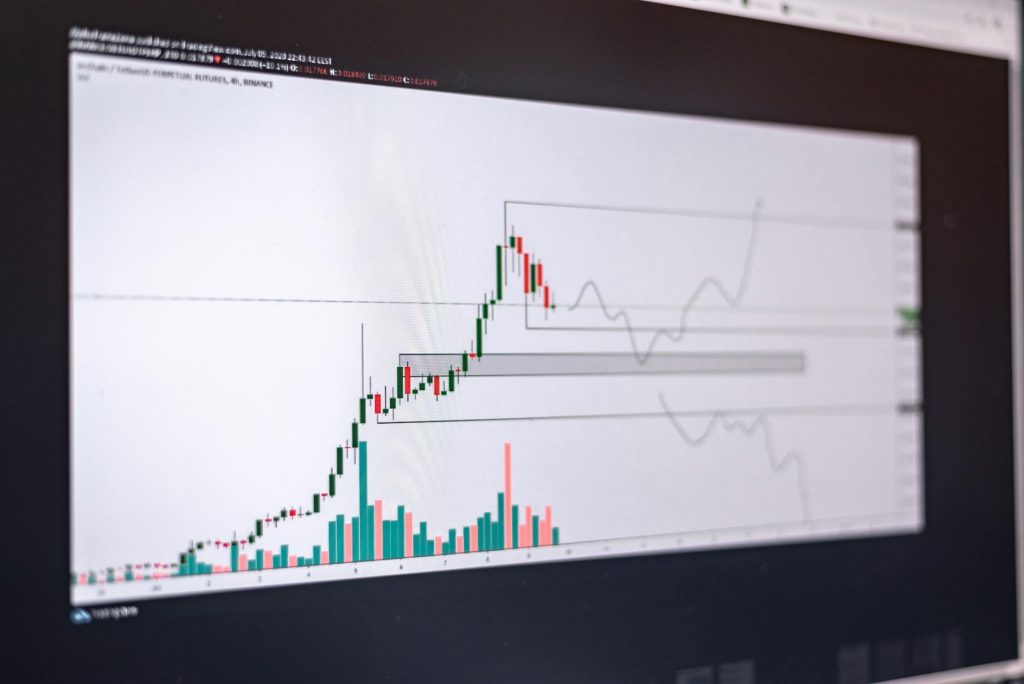So, you’re staring down the barrel of the investment world, eh? Feeling a bit like a newbie facing a mosh pit of market forces? Don’t sweat it. We’re diving into the age-old debate: ETFs versus individual stocks. It’s a clash of titans, a battle for your portfolio’s soul, and we’re here to help you choose your weapon.
Diversification: The Spread of Risk
Let’s get real: diversification is the name of the game. It’s not about putting all your eggs in one basket; it’s about spreading them across several baskets, some maybe made of reinforced steel, others maybe…slightly less sturdy. ETFs, or Exchange-Traded Funds, are inherently diversified. They’re like a pre-mixed cocktail of different stocks, often tracking a specific index like the S&P 500. This built-in diversification means you’re less exposed to the whims of any single company. Individual stocks, on the other hand, are a high-stakes gamble. A single bad quarter, a scandal, a rogue CEO – and poof! Your investment could take a nosedive.
Think of it this way: with individual stocks, you’re betting on a single band. They might be amazing, but one bad gig and your investment is toast. ETFs are like a whole festival – there’s always something going on, and even if one band bombs, the rest of the lineup keeps the party going.
Cost: The Price of Entry
The cost of investing is a crucial factor, akin to the price of that killer whiskey at the bar. ETFs generally come with lower expense ratios than actively managed mutual funds, making them a more affordable option for long-term investors. Individual stocks, however, have brokerage fees with each trade. These small fees can add up over time, especially for frequent traders. But don’t let this discourage you – just plan accordingly. The right strategy for you will depend on your investment goals and risk tolerance.
Risk Tolerance: Your Comfort Level
Risk tolerance is personal; it’s like your preferred level of spicy peppers in your coffee. Some folks handle the heat better than others. Individual stocks inherently carry more risk. You’re putting all your metaphorical money on a single horse. While this can lead to higher returns, it also increases the likelihood of significant losses. ETFs, with their diversification, offer a smoother ride, but potentially lower returns.
Consider your comfort level with risk. Are you a high-roller who loves a good gamble? Individual stocks might be for you. Or do you prefer steady gains and prefer to avoid the rollercoaster? Then ETFs might be a better fit. The key is to assess your risk tolerance and pick accordingly. Finding that perfect balance is part of the thrill.
Trading and Liquidity: The Flow of the Market
ETFs are traded like stocks on major exchanges, making them highly liquid and easy to buy and sell. This is a huge plus for investors needing quick access to their funds. Individual stocks, while also tradable, can have varying levels of liquidity, depending on the size and trading volume of the company. Finding a balance is key, and sometimes that means holding stocks for the long haul, even when the market gets bumpy.
Choosing Your Weapon: ETFs or Individual Stocks?
The choice between ETFs and individual stocks is not a one-size-fits-all situation. It’s a strategy best crafted around your specific investment goals, risk tolerance, and time horizon. For beginners or those seeking a diversified, lower-risk approach, ETFs are often a fantastic choice. Experienced investors with a higher risk tolerance and a longer time horizon might consider a mix of ETFs and individual stocks to maximize potential returns. If you’re a long-term investor, consider an ETF, because if the market gets choppy, it’s not likely to drastically affect your investments.
It’s also worth noting that professional financial advice is always an option and is invaluable if you’re unsure about the path to take. Remember, investing is a journey, not a sprint. This isn’t the kind of thing you want to rush, so make sure to do your research and learn as much as you can. Don’t be afraid to get advice from those who have more experience. This helps eliminate risk and frustration in the long run. And when the market takes unexpected turns, you need something that can help you maintain calm. That’s where something like a keep calm mug comes in handy. It’s the perfect blend of calm and intensity, just like the perfect investment strategy.
Remember, this information is for educational purposes only, and not financial advice. Always conduct thorough research and consider consulting with a financial advisor before making any investment decisions. There’s a lot of information out there, so it’s important to be informed before you get started. And remember, the market’s always changing, it’s a living thing, and you have to learn to adapt with it.
For more in-depth analysis on investment strategies, you might find this resource helpful: Investopedia’s ETF guide. And for a broader understanding of market trends, check out this article from the CNBC website.


